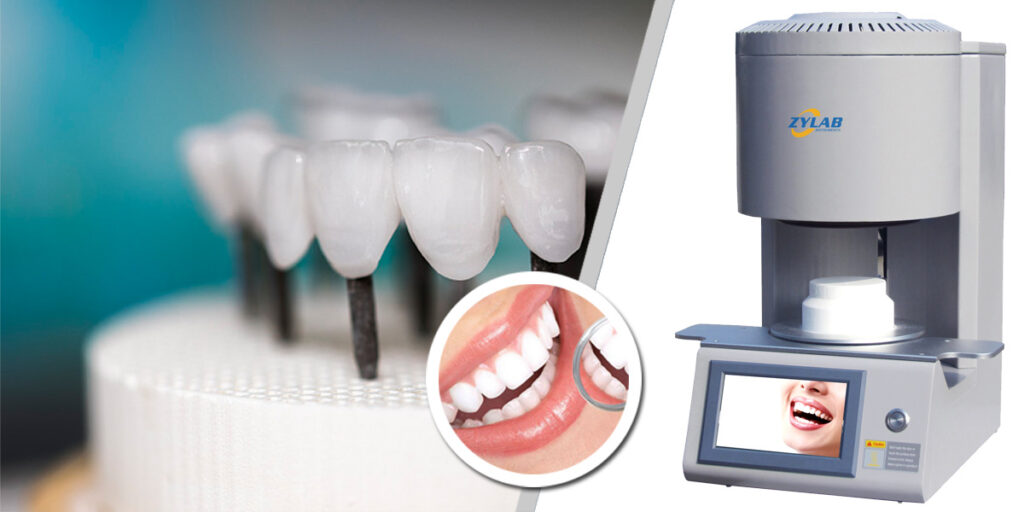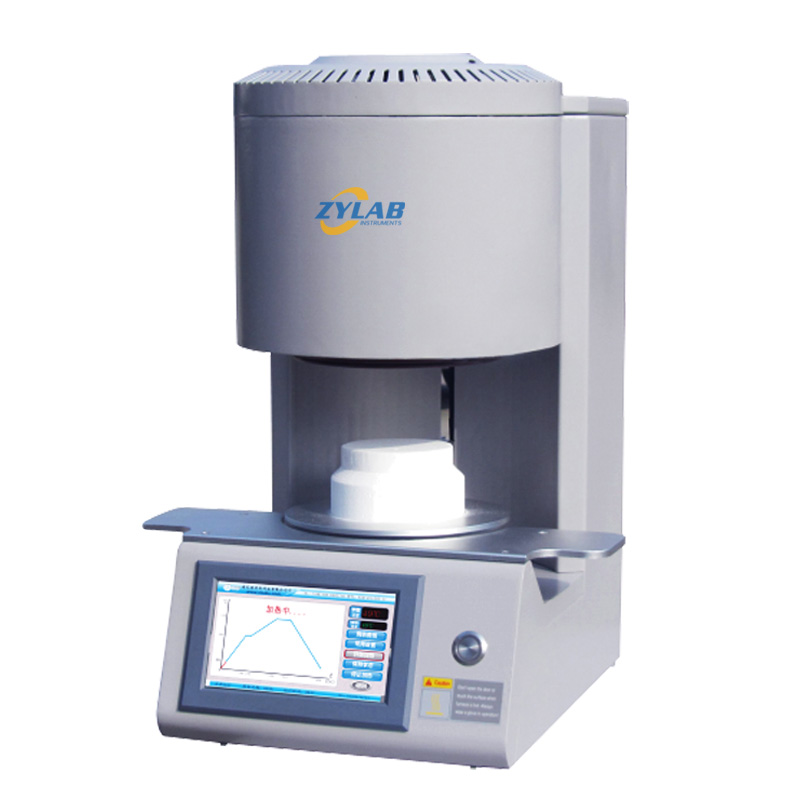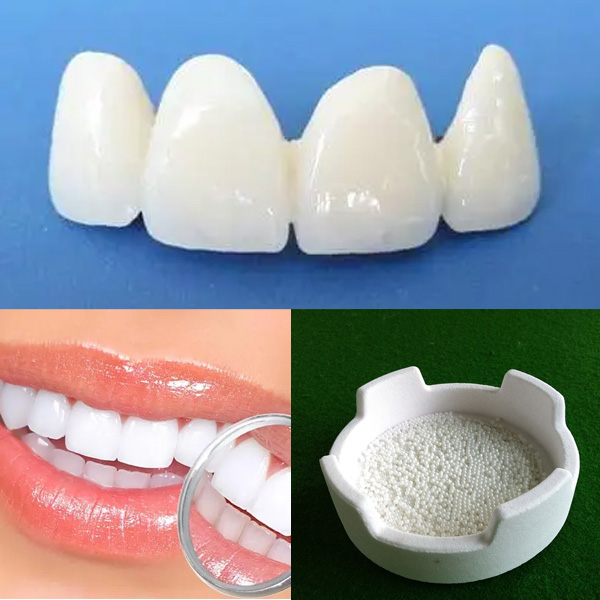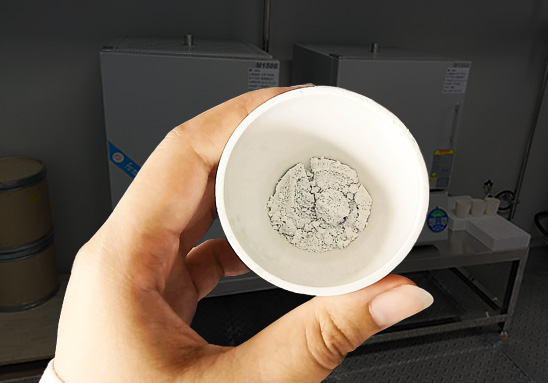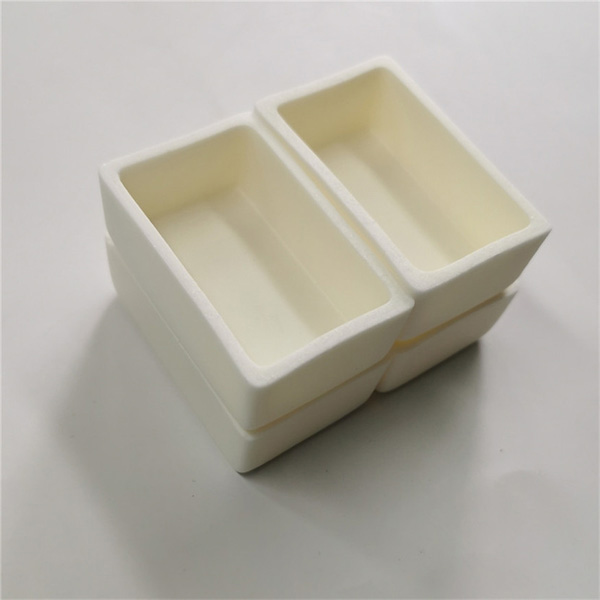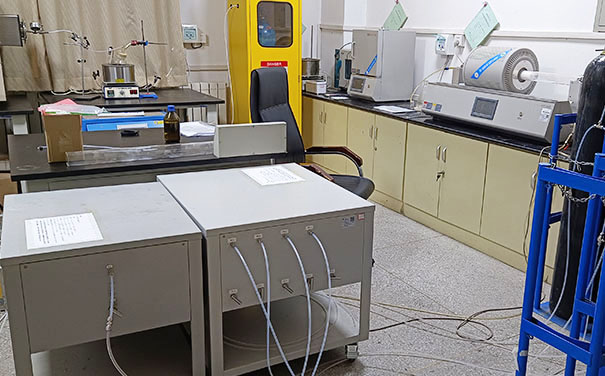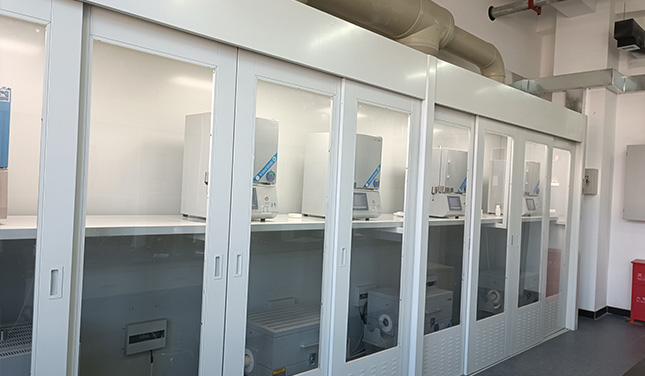Table of Contents
Porcelain furnaces are primarily used in the process of dental ceramic firing, which involves the application of heat to dental ceramic materials to achieve their desired properties. Dental ceramics, such as porcelain, are commonly used in the fabrication of dental crowns, veneers, bridges, and other restorative and cosmetic dental prosthetics.
The porcelain furnace consists of a chamber or muffle, where the dental ceramic restorations are placed for firing, and heating elements that generate and control the temperature inside the chamber. The furnace typically operates at high temperatures, reaching up to 1,200 to 1,500 degrees Celsius (2,200 to 2,700 degrees Fahrenheit), depending on the specific requirements of the dental ceramic materials being used.
The firing process in a porcelain furnace involves several stages. First, the dental ceramic restorations are placed on ceramic or metal supports within the furnace chamber. The temperature is then gradually increased to a specific level and held for a certain period to achieve proper heat distribution and allow for the desired chemical and physical changes in the ceramic material. This process is known as firing or sintering.
During the firing process, the porcelain furnace creates an environment that allows the ceramic materials to reach their optimal density, hardness, and color stability. Additionally, the controlled heating and cooling cycles help to eliminate any porosity or defects in the ceramic restorations, ensuring their strength and longevity.
Porcelain furnaces may have different features and controls depending on the specific model and manufacturer. Some advanced porcelain furnaces offer programmable firing cycles, allowing dental technicians to customize the firing parameters based on the specific requirements of the dental restoration being fabricated. These furnaces may also incorporate cooling systems to facilitate the controlled cooling of the ceramic restorations after firing, which helps to prevent cracking or distortion.
Overall, porcelain furnaces play a crucial role in the fabrication of high-quality dental ceramic restorations, enabling dental professionals to create durable, aesthetically pleasing dental prosthetics that closely resemble natural teeth.
Applications
What does a Porcelain Furnace do?
The application of a porcelain furnace is primarily in the field of dentistry and dental laboratories for the fabrication of dental prosthetics and restorations. Here are some specific applications of a porcelain furnace:
Dental Crowns: Porcelain furnaces are commonly used for the fabrication of dental crowns, which are tooth-shaped caps that are placed over damaged or decayed teeth. The furnace allows for the precise firing of porcelain materials, resulting in durable and aesthetically pleasing dental crowns that closely resemble natural teeth.
Dental Veneers: Veneers are thin shells made of porcelain that are bonded to the front surface of teeth to improve their appearance. Porcelain furnaces are utilized to fire and shape the veneer materials, ensuring that they are strong, translucent, and have the desired color and texture.
Dental Bridges: Porcelain furnaces play a crucial role in the production of dental bridges, which are used to replace missing teeth by attaching artificial teeth to adjacent natural teeth. The furnace allows for the precise firing of porcelain materials to create strong and natural-looking dental bridges that blend seamlessly with the patient’s existing teeth.
Inlays and Onlays: Porcelain furnaces are used for fabricating inlays and onlays, which are indirect restorations that are used to repair damaged or decayed teeth. Inlays are placed within the tooth, while onlays cover a larger portion of the tooth. The furnace ensures the proper firing of the porcelain materials to create precise-fitting and durable inlays and onlays.
Dental Implants: Porcelain furnaces are involved in the fabrication of ceramic components used in dental implant restorations. The furnace is used to fire and shape porcelain materials for the creation of implant crowns, abutments, and other prosthetic components, ensuring optimal fit, aesthetics, and function.
It’s worth noting that porcelain furnaces may also find applications outside of dentistry. In various industries, such as aerospace and electronics, vacuum porcelain furnaces are used for the production of advanced ceramics, where the precise firing and controlled vacuum environment are crucial for achieving the desired properties and performance of the ceramic materials.
Overall, porcelain furnaces are indispensable tools in dental laboratories, enabling dental professionals to fabricate high-quality, durable, and aesthetically pleasing dental restorations and prosthetics.
Benefit of Porcelain Furnace
Porcelain furnaces offer several benefits in the field of dentistry and dental laboratory applications. Here are some key benefits of using a porcelain furnace:
Aesthetics: Porcelain furnaces allow for the precise firing of porcelain materials, resulting in dental restorations that closely mimic the natural appearance of teeth. The furnace helps achieve optimal color matching, translucency, and texture, ensuring highly aesthetic and lifelike dental prosthetics.
Durability: The controlled firing process in a porcelain furnace helps enhance the strength and durability of dental restorations. By eliminating porosities and ensuring proper densification of the ceramic materials, the furnace produces restorations that can withstand the forces of biting and chewing, resulting in long-lasting outcomes for patients.
Customization: Porcelain furnaces often come with programmable firing cycles, allowing dental technicians to customize the firing parameters based on the specific requirements of each dental restoration. This level of customization enables the creation of restorations tailored to the patient’s individual needs, ensuring a precise fit and optimal performance.
Consistency: Porcelain furnaces provide consistent and reproducible results. The furnace’s ability to distribute heat evenly throughout the firing chamber ensures uniform firing of the ceramic materials, leading to consistent physical and mechanical properties in the dental restorations. This consistency is vital for reliable and predictable outcomes.
Precision: Porcelain furnaces offer precise temperature control, allowing for accurate manipulation of firing parameters such as temperature, holding time, and cooling rates. This precision ensures that the ceramic materials undergo the desired chemical and physical transformations required for optimal aesthetics and mechanical properties.
Versatility: Porcelain furnaces can accommodate a wide range of dental ceramic materials, including different types of porcelain, zirconia, and other ceramic compounds. This versatility allows dental professionals to choose the most suitable materials for each case, based on factors such as strength requirements, esthetics, and patient preferences.
Efficiency: Modern porcelain furnaces are designed with advanced features that optimize energy consumption and minimize firing cycle times. This improves the overall efficiency of the dental laboratory, allowing for faster turnaround times and increased productivity.
In summary, porcelain furnaces offer numerous benefits, including enhanced aesthetics, improved durability, customization options, consistent results, precision, versatility, and efficiency. These advantages contribute to the production of high-quality dental restorations that meet the functional and aesthetic needs of patients.
Porcelain Furnace Price
The price of a porcelain furnace can vary depending on various factors such as the brand, model, features, and additional accessories included.
Porcelain furnaces used in dental laboratories typically range in price from a few thousand dollars to tens of thousands of dollars. Entry-level or basic models may be available at a lower price range, while high-end models with advanced features and capabilities can be more expensive.
Factors that can influence the price of a porcelain furnace include the heating technology (such as conventional heating or microwave heating), programmability and controls, heating capacity, firing chamber size, and the overall build quality.
To get the most accurate and up-to-date pricing information, I recommend contacting us directly to inquire about the price. We can provide you with detailed information on pricing and any available options or packages that suit your requirements.
What to consider when purchasing Porcelain Furnace?
When purchasing a porcelain furnace for dental applications, there are several important factors to consider. Here are some key points to keep in mind:
Temperature Range and Heating Technology: Consider the temperature range the furnace can achieve and whether it meets the requirements for firing the porcelain materials you work with. Additionally, evaluate the heating technology used in the furnace, such as conventional heating or microwave heating. Each technology has its advantages and considerations, so choose the one that aligns with your specific needs.
Programmability and Controls: Look for a furnace that offers programmable settings and precise controls. The ability to set and control firing parameters, such as temperature profiles, heating rates, and dwell times, is crucial for achieving accurate and consistent firing results. User-friendly interfaces and intuitive controls can make operation easier.
Firing Chamber Size and Construction: Evaluate the size and construction of the firing chamber. Consider the dimensions and capacity to ensure it can accommodate your workpieces. Additionally, look for features such as good insulation, even heat distribution, and easy cleaning, as they can contribute to consistent firing results and ease of maintenance.
Firing Programs and Presets: Check if the furnace offers pre-programmed firing programs or presets specifically designed for porcelain materials. These programs can simplify the firing process and ensure optimal results for different types of porcelain restorations.
Safety Features: Consider the safety features provided by the furnace, such as over-temperature protection, insulation, and ventilation systems. Safety should be a priority to protect both the operator and the equipment.
Maintenance and Support: Check the maintenance requirements of the furnace and inquire about the availability of technical support, warranty, and after-sales service. Having access to reliable support can be crucial in case of any issues or questions that may arise during the furnace’s lifespan.
Price and Budget: Determine your budget and consider the value for money offered by different furnace models. Compare prices from different suppliers and consider the long-term costs, including maintenance, consumables, and potential upgrades.
User Reviews and Recommendations: Read reviews and seek recommendations from other dental professionals or colleagues who have experience with the specific furnace models you are considering. Their insights can provide valuable information about the performance, reliability, and user experience.
By carefully considering these factors, you can make an informed decision and choose a porcelain furnace that meets your specific requirements and offers the best value for your investment.
FAQ
Q: What is the difference between a porcelain furnace and a vacuum porcelain furnace?
A: The main difference between a porcelain furnace and a vacuum porcelain furnace lies in the operating environment. A standard porcelain furnace operates in an atmospheric environment, while a vacuum porcelain furnace operates under a controlled vacuum condition. The vacuum environment in a vacuum porcelain furnace offers benefits such as improved color stability, reduced porosity, enhanced control over the firing process, and the ability to achieve higher firing temperatures.
Q: How does a porcelain furnace work?
A: A porcelain furnace works by applying heat to dental ceramic materials, such as porcelain, to achieve their desired properties. The furnace consists of a chamber or muffle where the ceramic restorations are placed, and heating elements that generate and control the temperature inside the chamber. The firing process involves gradually increasing the temperature to a specific level and holding it for a certain period to allow for the desired changes in the ceramic material. This process, known as firing or sintering, helps the ceramic restorations reach their optimal density, hardness, and color stability.
Q: What are the benefits of using a vacuum porcelain furnace?
A: The use of a vacuum porcelain furnace offers several benefits. It provides enhanced control over the firing process, resulting in improved color stability and reduced discoloration of ceramic materials. Firing ceramics in a vacuum can also significantly reduce porosities, leading to increased strength and durability of the restorations. The vacuum environment allows for more homogeneous heating, ensuring even temperature distribution. Additionally, vacuum porcelain furnaces can accommodate higher firing temperatures, which can be advantageous for certain types of ceramic materials.
Q: What are the applications of a porcelain furnace?
A: Porcelain furnaces are primarily used in dentistry and dental laboratories for the fabrication of dental prosthetics and restorations. They are used for applications such as dental crowns, veneers, bridges, inlays, onlays, and dental implants. Porcelain furnaces are also used in industries outside of dentistry, particularly in the production of advanced ceramics, where precise firing and controlled environments are necessary.
Q: How does a vacuum porcelain furnace improve the quality of dental restorations?
A: A vacuum porcelain furnace improves the quality of dental restorations by providing better control over the firing process and creating a controlled vacuum environment. This leads to improved color stability, reduced porosity, and enhanced strength of the ceramic restorations. The absence of air in the vacuum environment prevents oxidation, resulting in more natural-looking and aesthetically pleasing restorations. The vacuum condition also allows for more precise firing parameters, leading to consistent and reliable results.
Share this entry
You might also like

